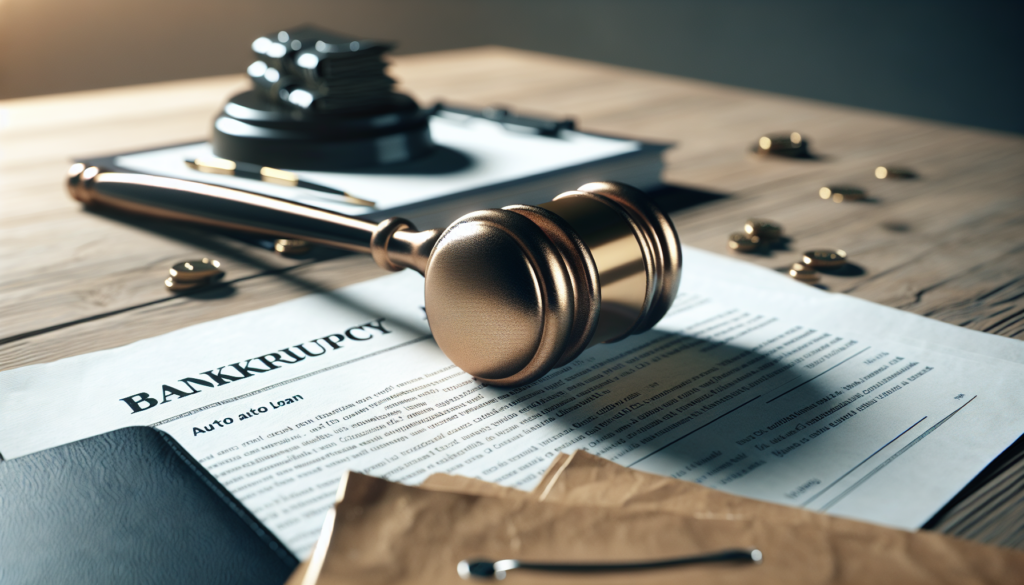
Calculating the Chapter 13 plan payment involves a detailed analysis of your income, expenses, debts, and the value of your non-exempt assets. The goal is to create a repayment plan that is fair to your creditors while being manageable for you over a three to five-year period. Here’s a breakdown of the factors considered in calculating your Chapter 13 plan payment:
-
Your Disposable Income
The foundation of your Chapter 13 plan payment is your disposable income, which is the income left over after subtracting your necessary living expenses from your total monthly income. Necessary living expenses include your rent or mortgage, utilities, food, transportation costs, and other essential household expenses. The Bankruptcy Code requires that your disposable income is used to repay unsecured creditors in your plan.
-
The Value of Non-Exempt Assets
In Chapter 13, you get to keep all of your property, including non-exempt assets. However, if you have non-exempt assets that would have been sold in a Chapter 7 bankruptcy, you must ensure that your unsecured creditors receive at least as much through your Chapter 13 plan as they would have in a Chapter 7 liquidation. This often means that the value of your non-exempt assets can increase your plan payment.
-
The Total Amount of Your Debts
Your plan payment must cover certain types of debts in full. These include:
- Priority debts, such as most tax obligations and child support arrears.
- Secured debts, if you wish to keep the collateral (like a house or car), including any arrearages that need to be caught up.
- Administrative fees, including trustee fees and your bankruptcy attorney’s fees, if not paid before filing.
-
The Length of Your Plan
The length of your Chapter 13 plan can affect your monthly payment amount. If your income is above the median income for your state and household size, you will generally be required to propose a five-year plan. If your income is below the median, you may propose a three-year plan but can extend it to five years if needed to reduce the monthly payment amount.
-
Mandatory Payments to Certain Creditors
Some debts must be paid in full through your Chapter 13 plan. This includes priority debts like back taxes and child support. The requirement to pay these debts in full can influence the overall monthly payment.
Example of Plan Payment Calculation:
Suppose you have a monthly disposable income of $300, $20,000 in non-exempt assets, $15,000 in priority tax debts, and $5,000 in car loan arrears. Your plan payment would need to ensure that:
- The $15,000 in tax debts and $5,000 in car loan arrears are paid in full over the life of the plan.
- Unsecured creditors receive at least as much as they would have if your non-exempt assets were liquidated in a Chapter 7 case.
If you are required to propose a five-year plan due to your income level, your plan payment would be calculated to cover the priority debts, the car loan arrears, and provide at least $20,000 (the value of your non-exempt assets) to your unsecured creditors over the 60 months of your plan, in addition to covering any trustee fees and administrative costs. Your disposable income of $300 might be the starting point, but adjustments would likely be needed to meet all these requirements.
Calculating your Chapter 13 plan payment is a complex process that balances your ability to pay with your creditors’ rights to receive payment. It requires a thorough analysis of your financial situation and careful planning to meet the legal requirements while ensuring the plan is feasible for you. Working with a knowledgeable bankruptcy attorney can help ensure that your Chapter 13 plan payment is accurately calculated and that your repayment plan is confirmed by the court.

Get a Free Bankruptcy Case Evaluation